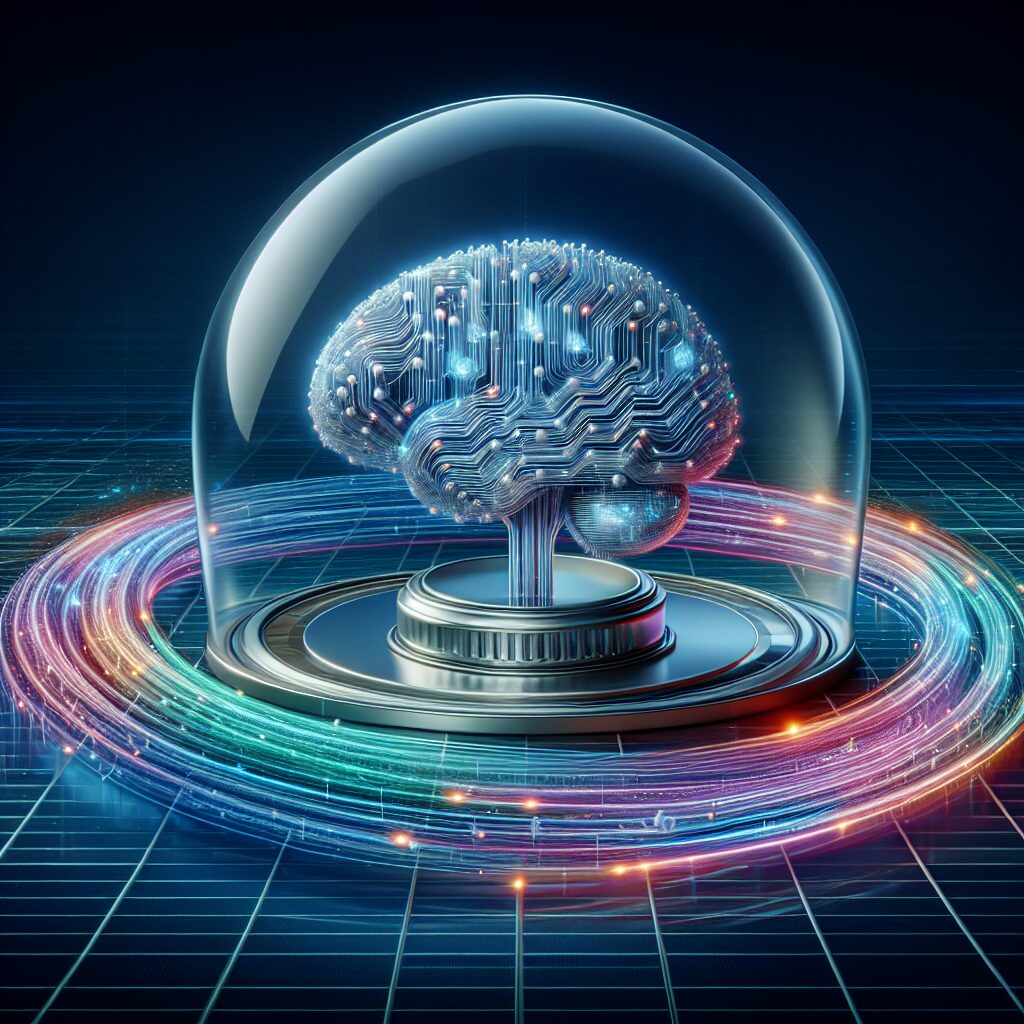Dive into the heart of the digital revolution where Google’s Artificial Intelligence (AI) model is making waves. It’s not about search optimization or predictive text this time, oh no! This groundbreaking AI model gives users the power to eliminate watermarks from images. This feat, that was once reserved for the Adobe wizards, is now accessible to the masses.
Watermarks, those sometimes annoying but necessary evils, serve as a digital signature for photographers and graphic designers. They mark territory, they stake claim, they scream – this is mine! But, Google’s AI model is poised to transform the way we interact with these ethereal boundaries.
This new AI model has been trained on a vast multitude of images, learning to recognize patterns, shapes, and colors that constitute watermarks. By understanding what makes a watermark, it can now effectively ‘un-see’ it, leaving behind an unblemished image.
While this might sound like music to the ears of those who have been thwarted by watermarks in the past, it sends shivers down the spines of creatives who rely on these imprints for copyright protection. Could this be the dawn of a new era where intellectual property rights are challenged?
Before we slip into a dystopian vision of the future, let’s consider the potential benefits. This AI model could foster a more open digital landscape, where information and creativity are shared more freely. The removal of watermarks could also lead to a more immersive visual experience, free from distracting overlays.
However, it’s not all doom and gloom for the defenders of copyright. This very same technology could be used to design more robust, AI-resistant watermarks. Just as technology advances, so do the defenses against it. A new age of watermarking may well be on the horizon, spurred on by the very technology that threatens it.
In the pulsating world of technology, Google’s AI model has kicked open yet another door of possibilities. Whether this is a move towards a more open digital landscape or a threat to intellectual property rights, the ball is now in our court. It’s time for us to decide which path we take in this brave new world of AI.
